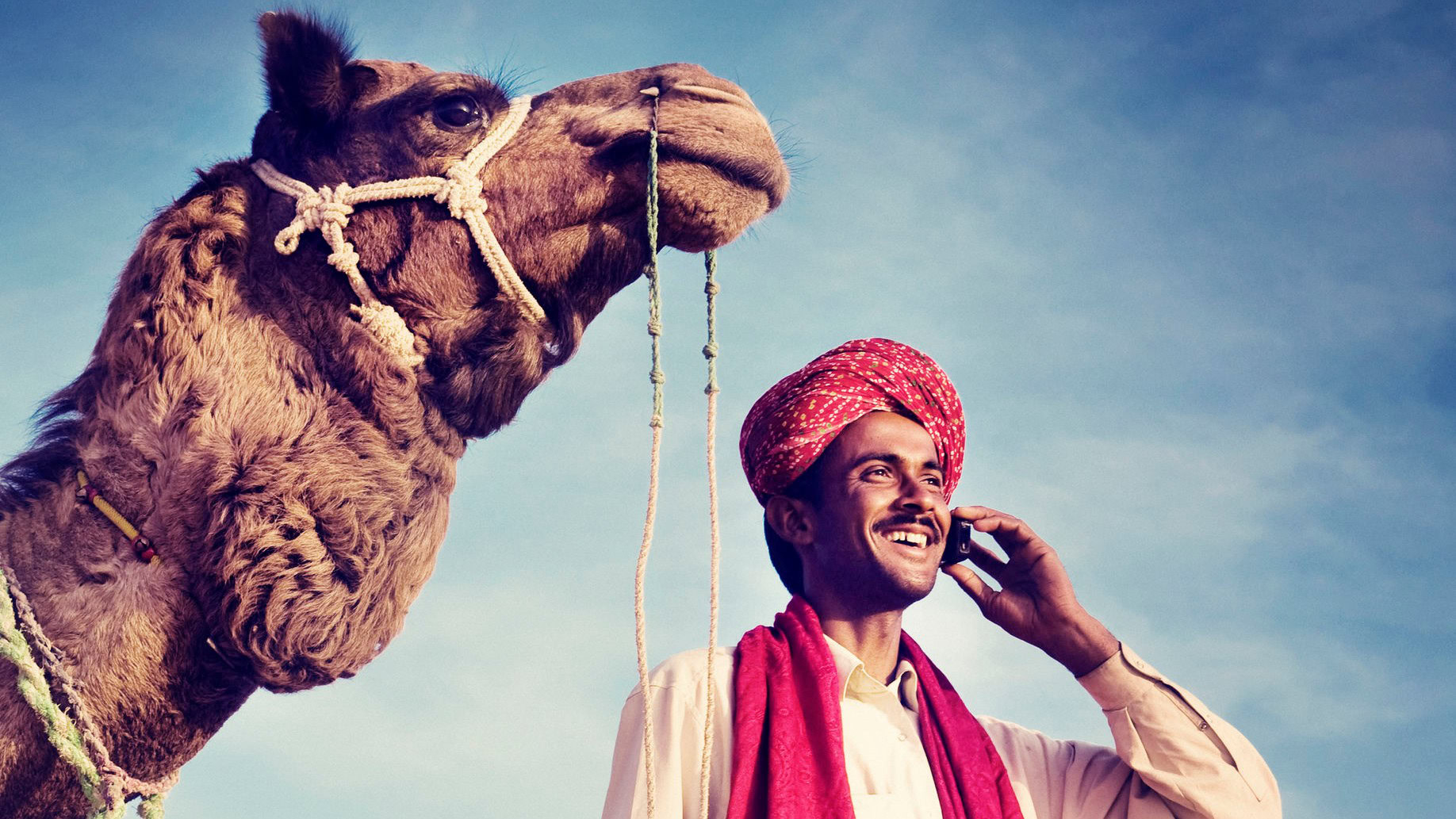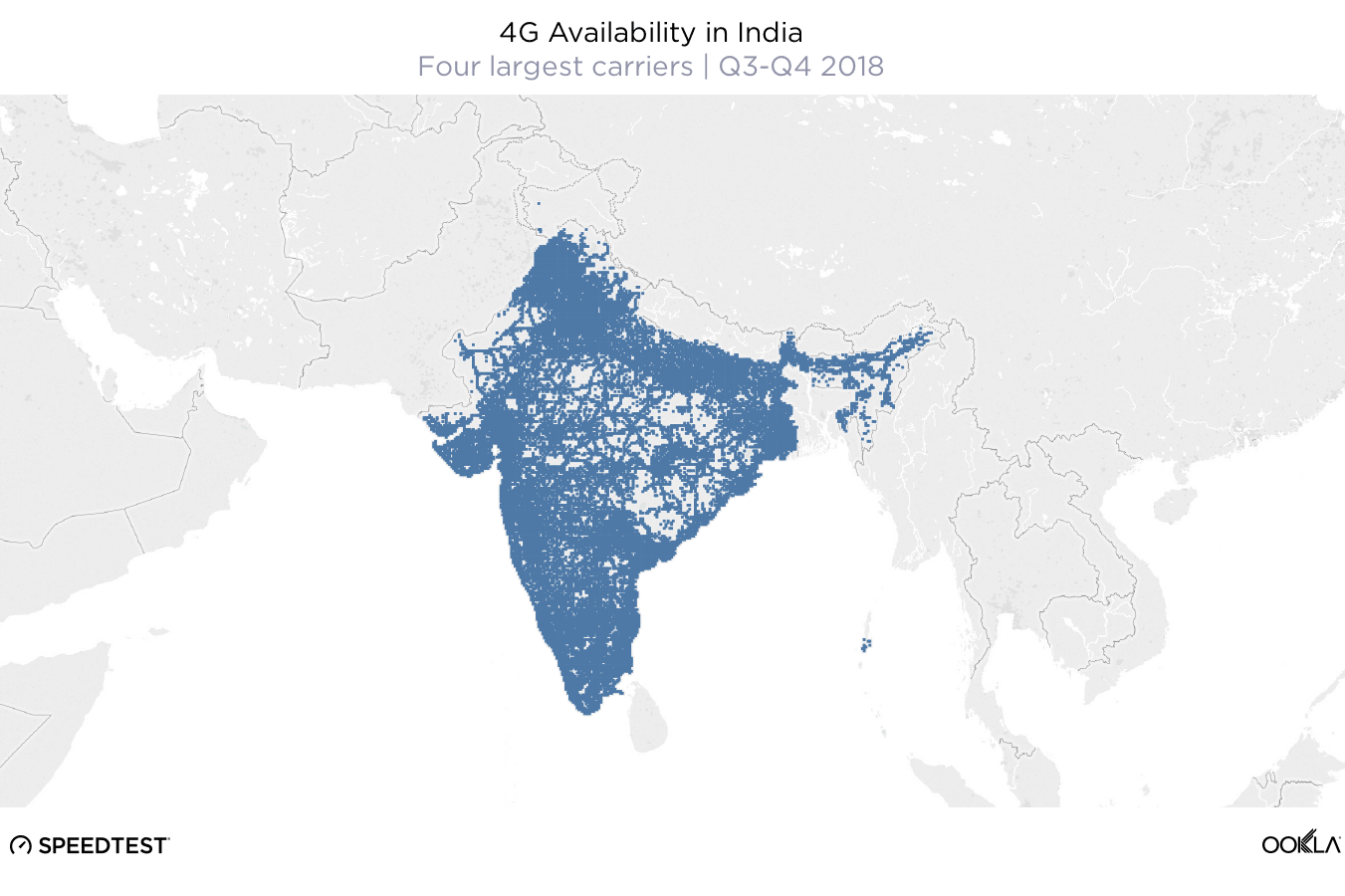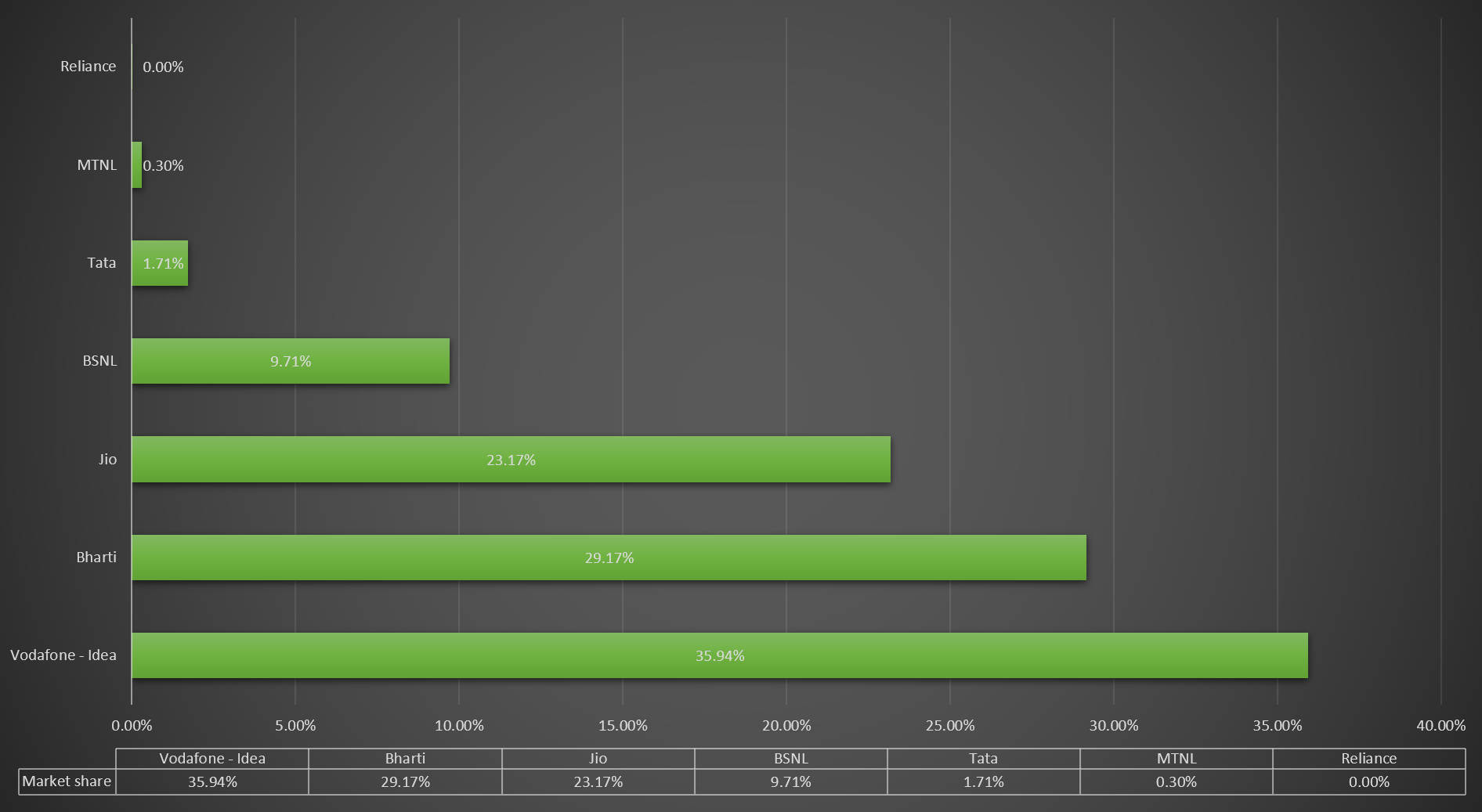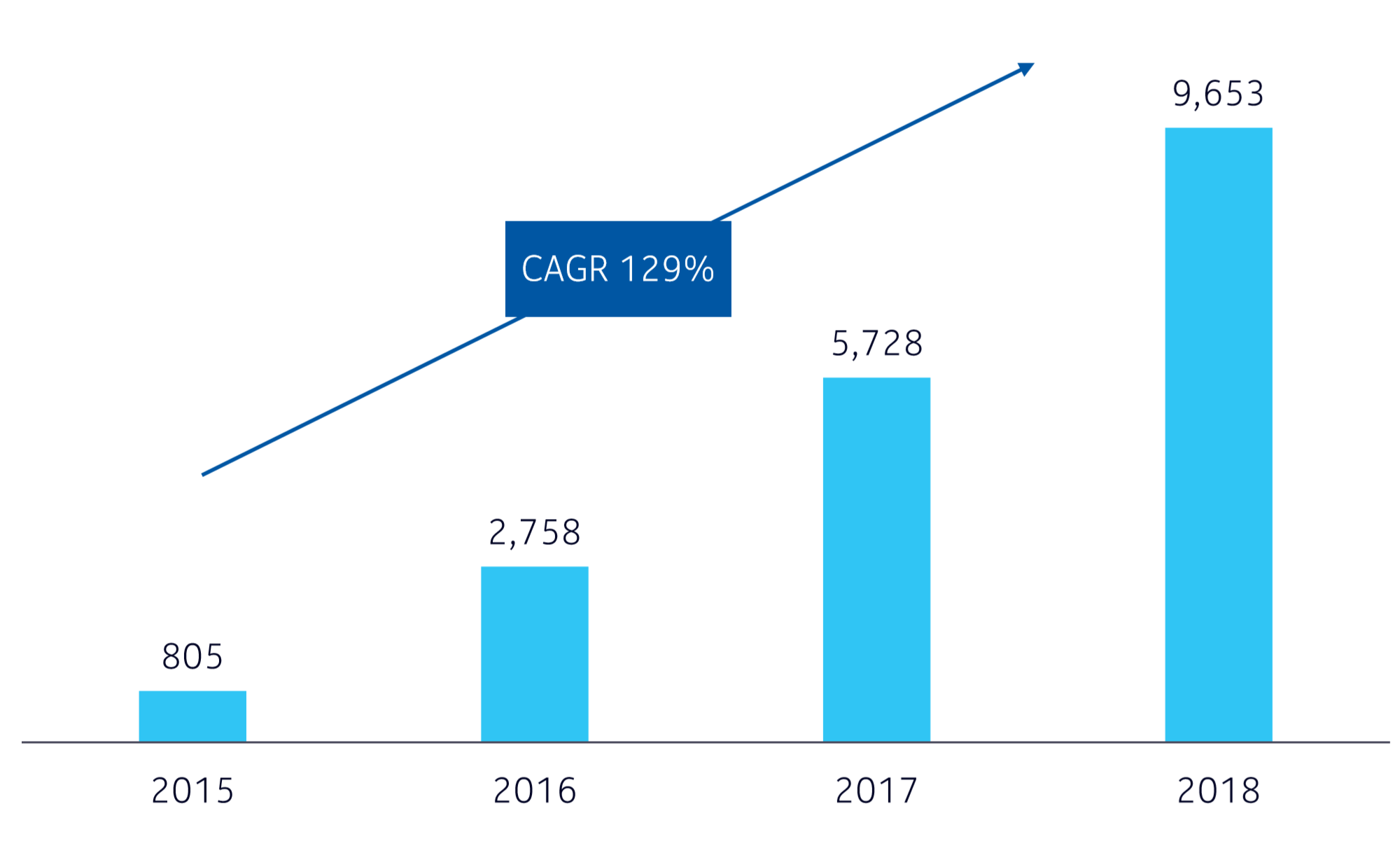Affiliate links on Android Authority may earn us a commission. Learn more.
State of 4G in India: still leaves a lot to be desired

India’s mobile market has risen dramatically over the last few years and it doesn’t look like the growth will subside anytime soon. A recent report by Canalys pointed out that smartphone shipments in India were up by ten percent in 2018 and crossed a total of 137 million units, despite the slump in smartphone sales globally.
There are multiple factors contributing to India’s year on year growth in smartphone shipments. There’s a considerable population still unconnected that is becoming first-time smartphone buyers, contributing a large percentage of shipments. Additionally, with over 50 percent of the population below the age of 25, aspirational needs and upward mobility contribute towards fast upgrade cycles.
4G adoption in India
The driving force behind growing smartphone adoption is the massive growth in the availability and adoption of 4G in the country.
Airtel was the first carrier in India to offer 4G services all the way back in 2012, but India’s telecom sector saw a major disruption in 2016 when Reliance Industries, one of the biggest business conglomerates in India, launched Jio. This 4G-only carrier would soon become the fastest growing carrier across the world, acquiring more than 100 million subscribers in just six months.
India has the cheapest 4G data costs anywhere in the world.
Jio disrupted the prevailing market pricing, and the competition followed suit, and after an incredible 90% fall over last five years, India now has the cheapest 4G data costs anywhere in the world.
4G availability in India
According to industry-trusted Ookla’s report on India’s 4G availability in Q3-Q4 2018, Jio tops 4G availability in India, while Airtel remains the fastest network.
Across 15 largest cities of India, Jio ranked first with 98.8% 4G availability followed by Airtel at 90.0% and Vodafone and Idea with 84.6% and 82.8% respectively.

An important point according to Ookla’s analysis is that 4G availability does not automatically equate to fastest service. As per the report, Airtel had the fastest 4G LTE speed in India during the period with a Speed Score of 11.23 Mbps, followed by Vodafone in second with a 9.13 Mbps Speed Score. Jio and Idea were at the third and fourth position respectively.
Airtel is the fastest 4G network in India while Jio tops availability.
Ookla’s proprietary Speed Score methodology uses a combined measure of download and upload speed that incorporates several tiers of performance, while the 4G availability is obtained using coverage data from 250,138,853 samples on 595,034 enabled devices during the period.
4G doesn’t necessarily mean fast or reliable in India, and that’s a problem
Despite the broader and deeper availability of 4G in the country, the quality of coverage leaves a lot to be desired. There are frequent call drops, dead zones in the middle of the cities, and poor data speeds in most places.
The 2016 tsunami was bountiful for the consumers but has bled the telecom sector. Many smaller players have folded operations or been acquired, and even the leading carriers are struggling to make profits. In this scenario, any investments in the infrastructure and network quality are untenable.

4G data consumption in India
Yet, the 4G data traffic has more than doubled in 2018 in India with 500 million broadband subscribers – higher than the population of entire South America.
India's 4G data traffic is more than the entire population of South America.
Nokia’s annual Mobile Broadband India Traffic (MBiT) Index study of mobile broadband performance in India reveals that migration of data users from 2G and 3G to 4G, emergence of bundled packages of OTT content from operators, and falling data tariffs led to this increase in 4G traffic. The increase in 4G device penetration and a growing digital ecosystem too have fueled the surge.
The overall data traffic increased by 109% purely on the back of an exponential increase in 4G consumption, while 3G data traffic marginally decreased.
Consumption continues to rise higher and the average data usage per month has registered an exponential growth rate of 129% over the last three years with average data usage per month reaching ~10GB in December 2018. The year saw users consume more data in a single month as was consumed over 5 months in 2016!

As expected, video streaming continues to remain a major contributor to mobile data traffic constituting 70-80% of the total traffic. There’s been an emergence of short-form videos in social media platforms with the availability of diverse OTT content and the growing availability of content in regional languages.
4G is opening new doors, but it’s still far from perfect
A growing number of people in India are experiencing the internet for the first time and the significant increase in data consumption will be a key factor in the overall social and economic growth of the country.
Despite the growth, the current broadband penetration in India is still less than 50%.
Despite the growth, the current broadband penetration in India is at around 45%, which is at a much lower level compared to China at 72%, and other European nations at around 85-95%, and hence the surge in surge in broadband consumption is likely to continue in the next few years.
As the rest of the world starts turning attention to 5G, hopefully we’ll see the status of 4G improve greatly in India. For now, the situation is far from ideal but at least we’re slowly seeing India’s telecom industry step in the right direction.